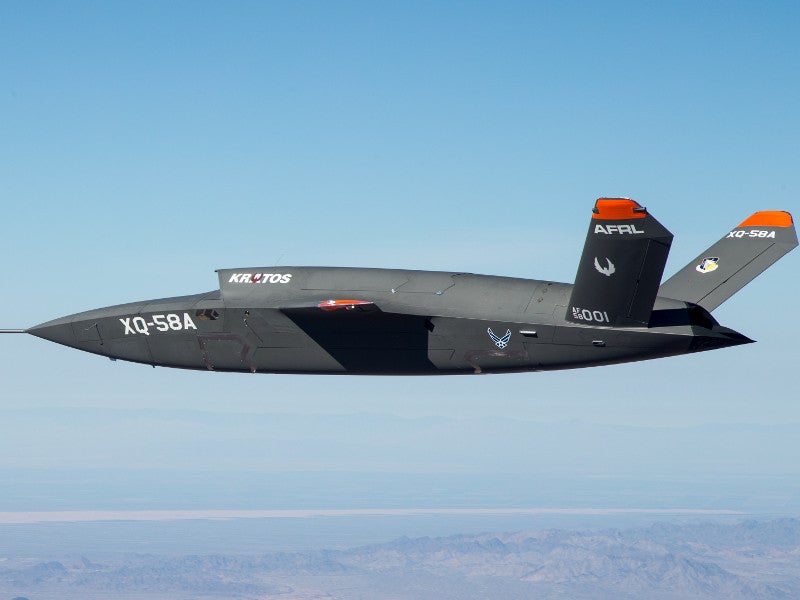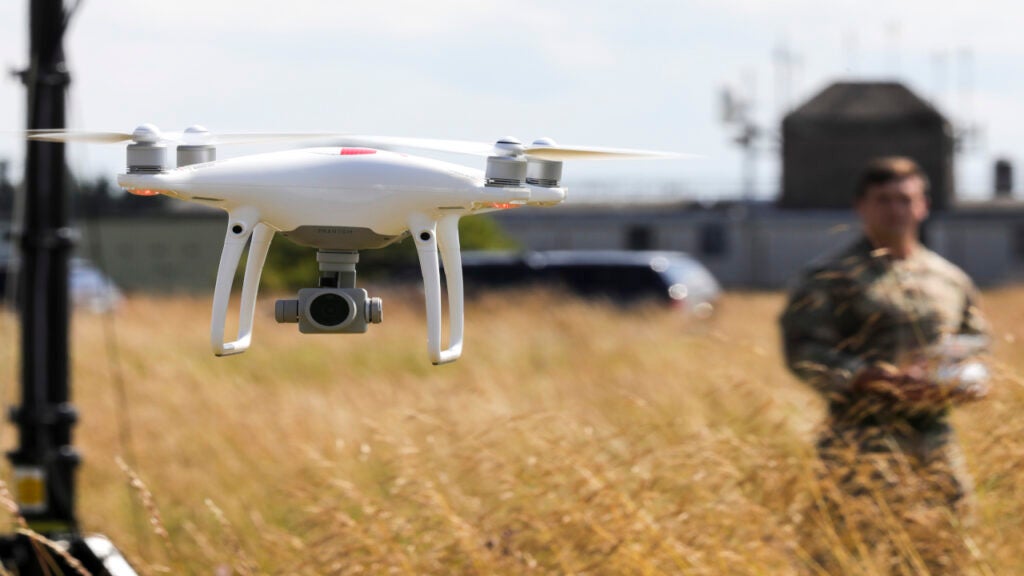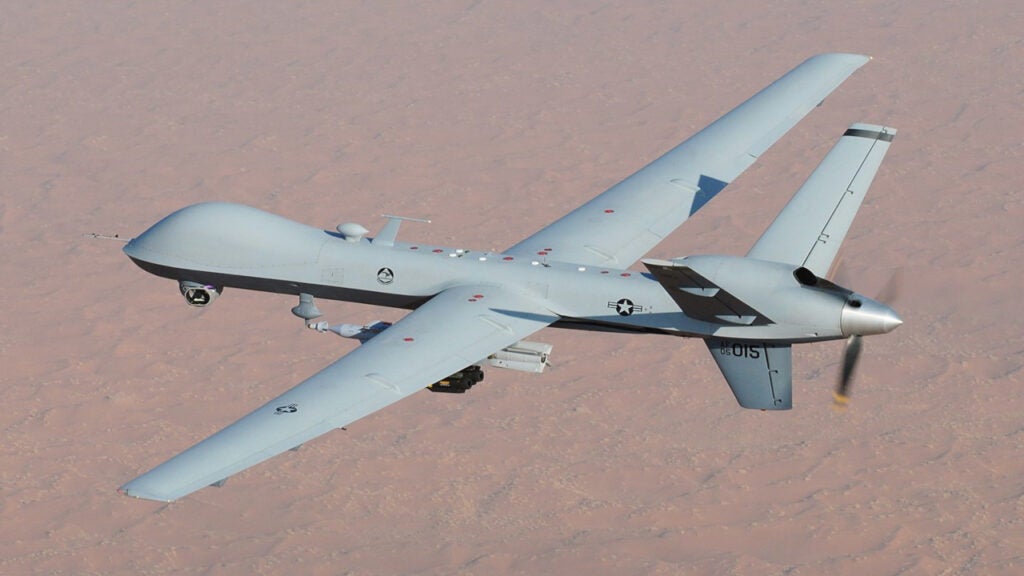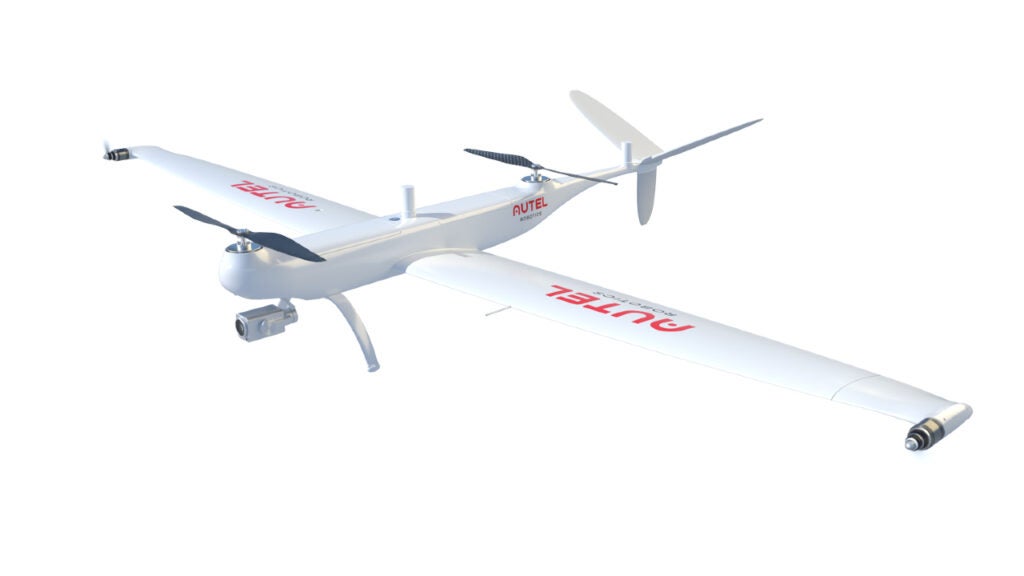
XQ-58A Valkyrie is a high subsonic, long-range strike unmanned aerial vehicle (UAV) being developed by Kratos Defense & Security Solutions in collaboration with the Air Force Research Laboratory (AFRL).
The low-cost unmanned combat aerial vehicle is designed for deployment in surveillance, reconnaissance and long-range combat missions to deliver maximum operational flexibility and utility to the warfighter. It is intended to serve as an unmanned escort or wingman aircraft to a manned fighter aircraft in warfare.
XQ-58A Valkyrie development
The state-of-the-art UAV is being developed under the low-cost attritable strike demonstrator (LCASD) programme of the AFRL’s low-cost attritable aircraft technology (LCAAT) project. The programme aims to rapidly design and manufacture UAS by developing superior design tools and employing commercial manufacturing processes to cut down production time and costs.
Kratos was awarded a $40.8m cost-share contract by the AFRL to develop a low-cost attritable strike UAV design in July 2016. The company is responsible for designing, developing and testing a high-speed, long-range and low-cost UAS under the contract.
The flight test programme of the XQ-58A UAV includes five planned test flights in two phases. It is intended to evaluate system functionality, aerodynamic performance, and launch and recovery systems.
The demonstrator aircraft completed its maiden flight at Yuma Proving Grounds in March 2019. The second flight test was conducted in June 2019.
In October 2019, the XQ-58A Valkyrie crash-landed at Yuma Proving Ground after a 90-minute flight during its third test flight. High surface winds and failure of the provisional flight test recovery system were identified as the primary causes of the accident.
The fourth flight test of the XQ-58A Valkyrie was completed in January 2020. The UAV demonstrated its ability to fly at higher altitudes during the 60-minute flight. It landed safely using its parachutes, ratifying the design changes made for the airbag system after the third test flight.
The Valkyrie UAV has accumulated more than five flight hours and surpassed the originally scheduled objectives for the flight test programme, as of January 2020.
Design and features of XQ-58A
The XQ-58A Valkyrie features a clean-sheet design. Its trapezoidal fuselage integrates swept-back main wings, V-shaped tail and an air intake above the fuselage. The stealthy design makes the UAV a difficult target to detect and track.
The long-range strike aircraft incorporates commercial-off-the-shelf (COTS) components. It employs manual or pre-programmed flight control systems, ensuring high manoeuvrability during missions.
The UAV has a length of 9.14m and a wingspan of 8.2m. The dry weight of the aircraft is 1,134kg, while its maximum take-off weight (MTOW) is 2,722kg.
The XQ-58A Valkyrie can carry a maximum payload of 544kg. The open mission system architecture allows it to integrate customer-specific payloads according to the mission requirements.
Weapon systems of XQ-58A Valkyrie
The internal weapons bay can hold and deliver at least two GBU-39 small diameter bombs, while the combat UAV can also carry lethal weapons on its wing stations.
XQ-58A performance
The XQ-58A Valkyrie is powered by a turbofan engine capable of developing a maximum thrust of approximately 2,000lb. The UAV requires no runway facilities to take-off and landing as it uses rocket-assisted launch and parachute recovery systems. Its compact dimensions and small logistical footprint further enable operations from remote and confined locations.
The unmanned combat aerial vehicle can fly at a cruise speed of Mach 0.72. It can operate at altitudes ranging between 50ft and 4,500ft. The UAV can attain a maximum range of 5,556km (3,000nm).



